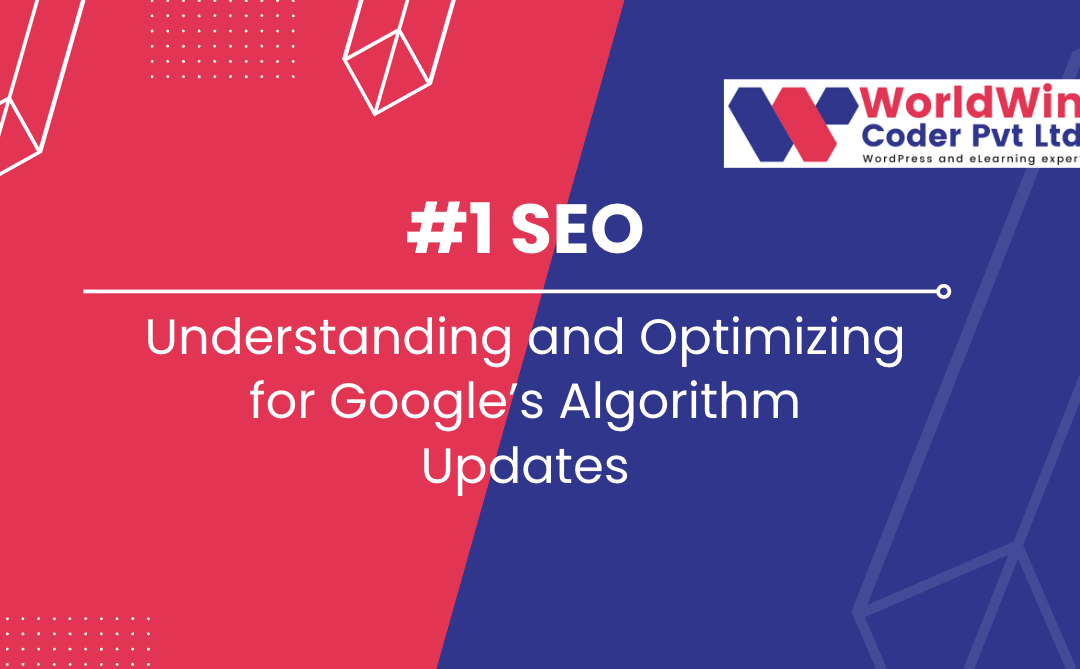Google’s algorithm updates are a constant force in the world of search engine optimization (SEO). These updates can make or break a website’s visibility and search rankings, so it’s important for businesses and digital marketers to stay up-to-date on the latest changes and understand how to optimize for them. In this blog post, we’ll take a closer look at some of the most recent algorithm updates and explore how to optimize your website for them.
First, let’s define what an algorithm update is. Google’s algorithm is the set of rules and regulations that the company uses to determine the relevance and authority of a website. These rules are constantly being updated to improve the user experience and ensure that the most relevant and trustworthy websites are appearing at the top of the search results.
One of the most recent algorithm updates is the “Page Experience Update,” which was announced in May 2021 and rolled out in June 2021. This update focuses on the user experience of a website, including the loading speed, responsiveness, and mobile-friendliness of a website. Google wants to ensure that users are finding websites that are easy to navigate and interact with, so websites that don’t meet these standards may see a drop in search rankings.
To optimize for the Page Experience Update, businesses and digital marketers should ensure that their website is fast-loading, responsive, and mobile-friendly. This can be achieved by implementing responsive design, optimizing images and videos, and using a content delivery network (CDN) to improve loading speeds. Additionally, businesses should make sure that their website is easy to navigate and has a clean and simple design.
Another recent algorithm update is the “Core Web Vitals Update,” which was announced in November 2020 and rolled out in May 2021. This update focuses on the technical aspects of a website, including the loading speed, interactivity, and visual stability of a website. Google wants to ensure that users are finding websites that are easy to interact with and don’t have any visual disruptions.
To optimize for the Core Web Vitals Update, businesses and digital marketers should focus on improving the loading speed, interactivity, and visual stability of their website. This can be achieved by optimizing images, videos, and code, as well as implementing lazy loading and reducing the number of redirects. Additionally, businesses should make sure that their website is easy to navigate and has a clean and simple design.
Another important algorithm update is the “BERT Update,” which was announced in October 2019 and rolled out in December 2019. This update focuses on natural language processing and helps Google understand the intent behind a user’s search query. This means that Google will be better able to match a user’s search query with the most relevant website, and businesses with well-written and informative content will see an increase in search rankings.
To optimize for the BERT Update, businesses and digital marketers should focus on creating high-quality, informative content that is relevant to their target audience. This can be achieved by researching keywords, using long-tail keywords, and incorporating natural language into their content. Additionally, businesses should make sure that their website is easy to navigate and has a clean and simple design.
In conclusion, Google’s algorithm updates are an important aspect of SEO and can make or break a website’s visibility and search rankings. By understanding and optimizing for these updates, businesses and digital marketers can ensure that their website is visible to their target audience and that they are appearing at the top of the search results. By focusing on the user experience, technical aspects, and natural language processing, businesses can improve their search rankings and drive more traffic to their website.

